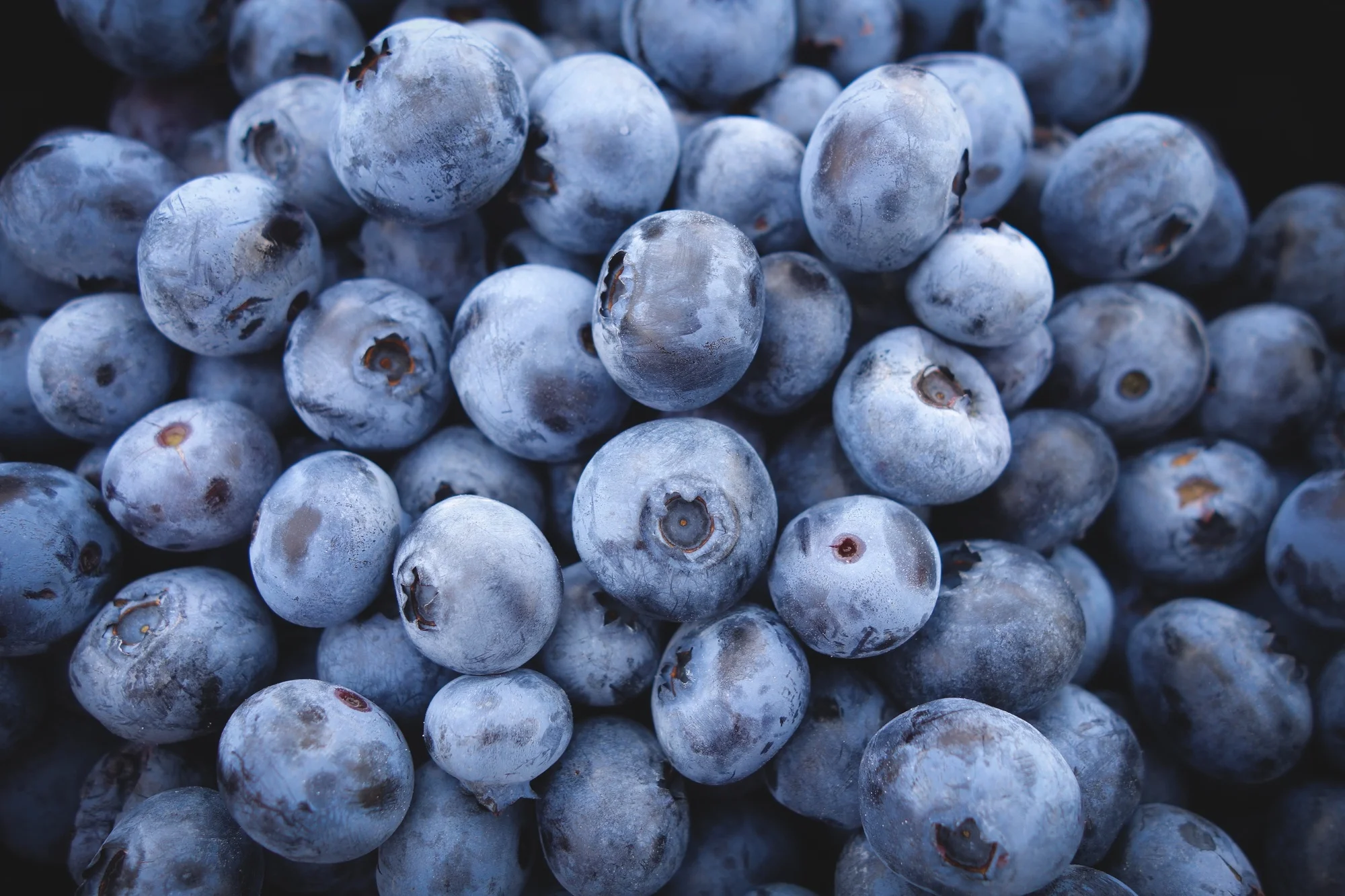Fast Growing Vegetables to get Your Garden Started ASAP
/Many people are turning to gardens these days to deal with stress and to have a home-grown, DIY source of food. Starting a garden can be just a little intimidating, especially when you want results fast. Here are over 10 vegetables and herbs that are easy to grow and that you’ll have on your table ASAP.
Besides having a source of your own food, home gardening is rewarding in so many other ways. Gardening helps remind you to get outside and is great for mental health. If you’ve ever grown your own tomato plant, you know that growing your own is not only more delicious but budget friendly too. Often you can buy a packet of seeds that’ll last you all summer for about the cost of one veggie in the store.
Here are 10 ideas for your garden. Check them out and let me know what you plant in yours!
1. Salad Greens
How long: About 4-8 weeks
Salad greens are super fast and easy to grow. Simply sprinkle some seeds into dirt, water regularly, and harvest about a month or two later. Either pull each leaf off individually or use a sharp pair of scissors and cut at least half an inch above the base to allow the plant to regrow. You can also plant a new row of seeds each week to ensure you’ll have fresh greens rolling through the season.
Some greens, like kale and mustard greens, can be harvested earlier when they’re much more tender. Watercress is a green that is actually best eaten after just a couple of weeks, and it will bring a peppery flavor to your salads and dishes.
Salad greens are a personal preference. Some of the healthiest varieties include spinach, kale, and arugula. I personally like mixed green, and always avoid iceberg lettuce, which is mostly just water. Salad greens have a wide variety of nutrients including vitamins A, C, K, Bs and potassium. Besides having a fresh salad in your backyard, you’ll also never have to worry about reaching into a container and finding a bunch of slimy mush. As a major bonus, gardening is also environmentally friendly and you’ll never have to find a place in your recycling for that massive box that fit 3 salads.
2. Baby “Little Finger” Carrots
How long: About 4 weeks
Unlike baby carrots at the store, which are usually cut down from larger carrots, these little guys are a miniature version which will take a shorter time to grow. Carrots contain high levels of vitamin A, which is great for your eyes and vitamin C. Chop them up in salads, gnosh on them as a snack, or roast them into delicious crunchy goodness.
3. Cucumbers
How Long: About 6 weeks
Cucumbers are a great addition to a salad, eaten raw with some hummus, or -when you get sick of them - pickled. While cucumbers grow pretty fast, they do need room to grow or a trellis to hang on to so be careful when planting your seeds and spacing them out. You can also look for varieties that take less space, like bush cucumbers. (I wish I’d known this before planting mine!) While cucumbers are mostly water, they do have small amounts of fiber, vitamin C, and various minerals and they’re kid-friendly.
4. Bush Beans
How Long: 60 days
These short bushy plants grow faster than green beans that grow on vines, plus kids love them. Plant a few beans every couple of weeks and you can harvest through the season. Pick beans as they ripen so they don’t get tough and chewy.
Green beans contain vitamin C, fiber, folate, vitamin K and silicon. They also help maintain your soil by putting nitrogen back into it, which will help nourish future plants.
Check out my Crunchy Roasted Green Bean Recipe here
5. Radishes
How Long: 3 to 6 weeks
Radishes are easy to grow, and they grow fast. Radishes can be eaten raw, pickled, roasted, and thrown into tacos for some crunch. And don’t forget the leaves! Since they can be tough, it’s best to eat them when they’re young and fresh if you want to eat them raw, or you could mix older leaves into a pesto.
Radishes are packed full of vitamins A, C, E, B6, and K, plus other nutrients like antioxidants, fiber and minerals. While they’re not one of the most favorite vegetables out there (is that just me?) their impressive nutritional profile means they deserve some space in your garden and to be experimented with!
6. Beets
How Long: 35 to 60 days
Beets are sweet and delicious and can be tossed up in salads or roasted to perfection. Beets are known for their deep rich ruby color and an earthy flavor that turns mellow and sweet when cooked. These red gems are high in nitrates, which helps lower blood pressure, and rich in betaines, antioxidants that lower inflammation and can help fight off cancer.
You can occasionally trim a few beet leaves off a growing bulb and toss into salads. Beets can be harvested when a bit smaller if you’d like to harvest them more quickly. You can tell when they’re ready when the bulb peeks up above the soil.
7. Broccoli
How Long: About 4 to 8 weeks, depending on how big you want to let it grow
Did you know that you can harvest broccoli in just about two months? (I was surprised because it seems like such a hearty plant!) Broccoli is a great source of vitamins K and C, plus it’s a good source of folate, potassium, and fiber. You can also eat the shoots of broccoli as a great source of vitamin C, A and calcium.
8. Green Onions
How Long: A few weeks for the greens, a few months for the bulb
Greens onions, or scallions, are a super fast option if you’d like to add some onion flavor or garnish. I like to trim off the green leaves and let the plant regrow. You can also speed this process up since many stores sell green onions with the bulbs still on. Plant this directly into the ground and watch them grow.
Add the greens or bulbs to stir-fries, soups, or salads or garnish on anything that could use a little onion kick and color. Scallions add a nutritional impact too, adding vitamin A, K and C to your dish.
9. Bok Choy:
How Long: About 60 days
Bok choy, like other cruciferous vegetables, is full of amazing nutrients, like vitamin C, vitamin A, manganese, zinc and other antioxidants. The stalks of bok choy are similar to celery while the leaves resemble broccoli or lettuce. Bok choy is a versatile vegetable that can be chopped into salads, subbed in for celery, sauteed as a side, thrown into soups.. the list goes on!
10. Herbs
I know they’re not a vegetable, but herbs get an honorable mention due to their large health impact and how easy they are to grow.
Herbs are way more than just a garnish! Not only do they add flavor and color to a meal, herbs are also full of nutrients and disease-fighting antioxidants.
Like all plants, herbs make certain chemicals to fend off predators and protect themselves from the sun. These various chemicals are usually referred to as phytochemicals and essential oils -- and they have amazing effects for us as well. Research shows that a diet rich in polyphenols offers protection against the development of cancers, cardiovascular diseases, diabetes, osteoporosis, neurodegenerative diseases, and more. Researchers at the USDA found that herbs are higher in antioxidant levels than fruits, vegetables and even spices such as garlic.
For a list of 10 great herbs to add to your garden, click here.




